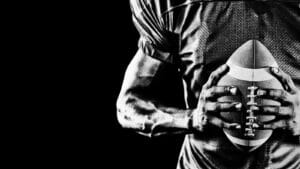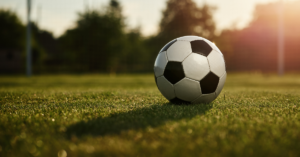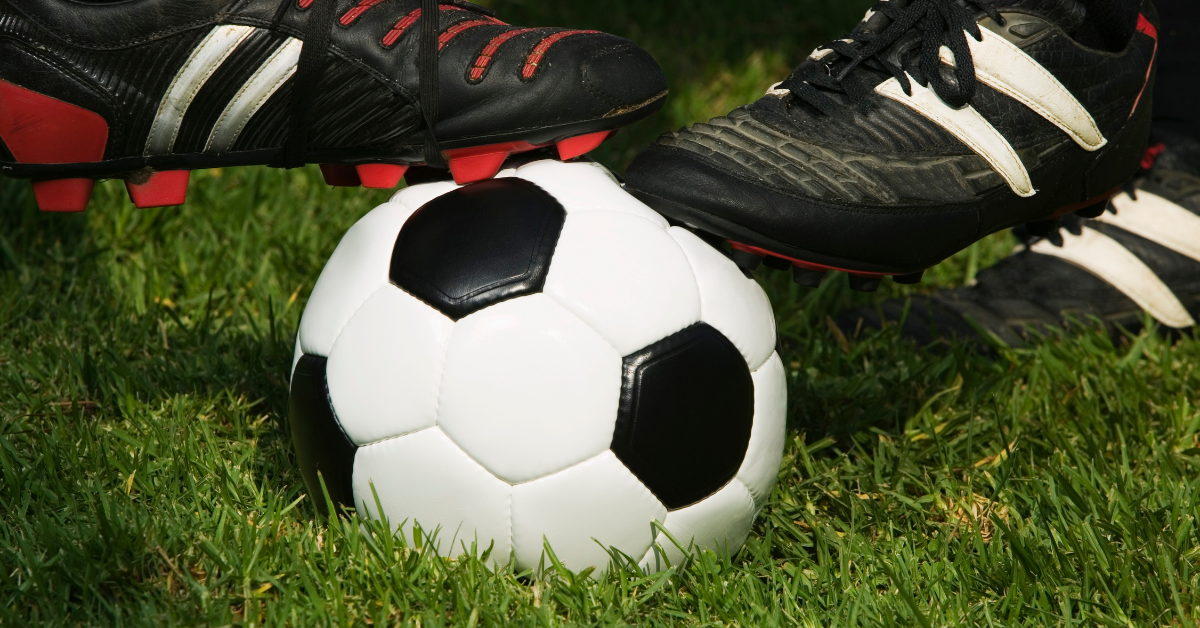
When it comes to finding the right soccer cleats, there is no one-size-fits-all solution. The ideal cleats for each player will vary depending on factors such as position, playing surface and personal preferences. However, there are some general tips that can help make the process of choosing soccer cleats a bit easier.
Position
One of the most important factors to consider when choosing soccer cleats is position. Different positions require different types of cleats in order to be successful. For example, forwards and wingers need light, fast cleats that will allow them to make quick cuts and changes of direction. Midfielders need cleats that provide good traction and stability, while defenders need cleats that offer support and protection.
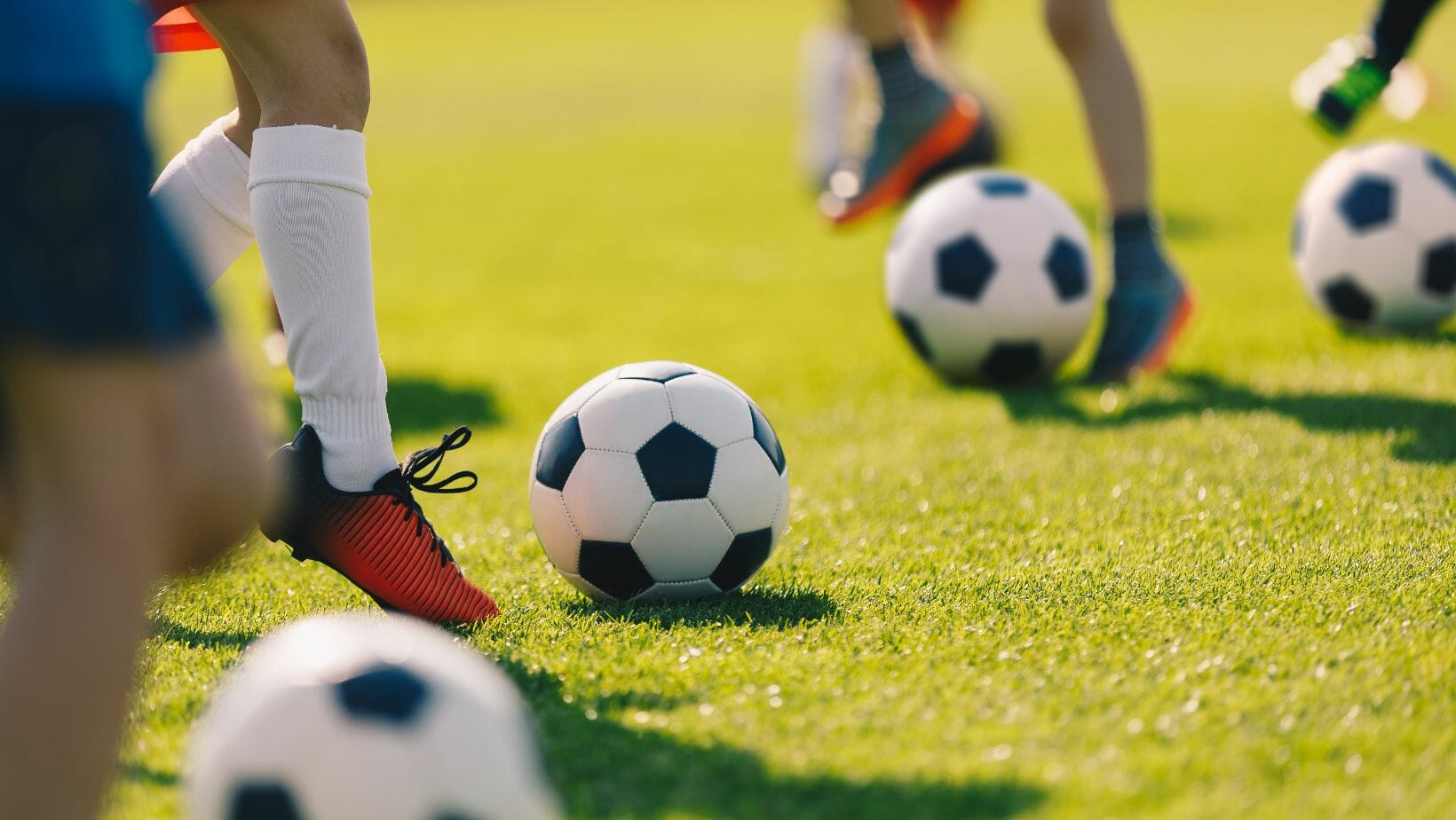
Playing Surface
Another important factor to consider is the playing surface. Soccer cleats are designed for different types of surfaces, including natural grass, artificial turf and hard ground. Each type of surface requires a different type of cleat in order to perform optimally. For example, hard ground cleats have shorter and firmer studs that are designed to provide traction on firm surfaces. Artificial turf cleats have longer and softer studs that allow for better grip on synthetic surfaces.
Personal Preferences
Finally, it is important to consider personal preferences when choosing soccer cleats. Some players prefer certain brands or styles of cleats, while others prefer a certain type of material. It is important to try on different types of cleats in order to find the pair that is most comfortable and provides the best performance.
One of the most important factors to consider when choosing soccer cleats is position. Different positions require different types of cleats in order to be successful.
The above tips should help make the process of choosing soccer cleats a bit easier. However, it is ultimately up to each individual player to decide which pair of cleats is right for them. Different players have different needs, so it is important to try on a variety of different types of cleats before making a final decision. With so many different types of cleats available on the market today, there is sure to be a pair that is perfect for every player.
How to Break Into Soccer Cleats?
The best way to break into your new soccer cleats is to first get them wet. This will help the shoe mold to your foot better. You can either do this by walking in a puddle or simply spraying them down with a hose. Once they are wet, put them on and walk around in them for a bit to help them form to your feet. It is also a good idea to wear socks that are a bit thicker than normal when breaking in new soccer cleats. This will help prevent any blisters from forming. If you do get a blister, make sure to treat it immediately so it does not turn into something worse. Finally, make sure to lace up your soccer cleats tightly. This will help prevent any slippage while you are playing. Once you have broken in your new soccer cleats, you will be ready to take on the competition.
Firm ground cleats are designed for natural grass surfaces. They have shorter studs that provide good traction on firm surfaces.
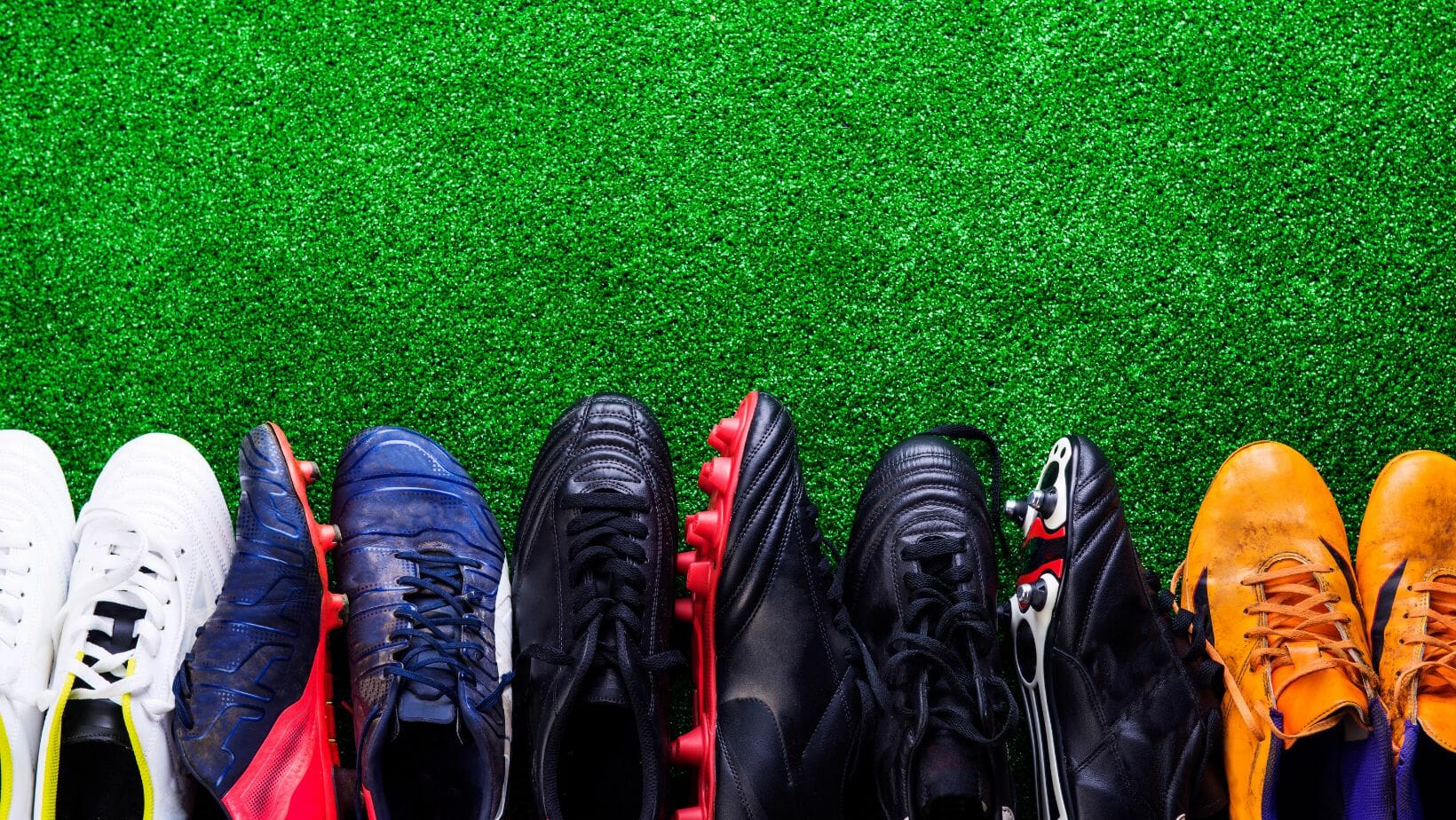
What are The Different Types of Soccer Cleats?
There are four main types of soccer cleats: firm ground, soft ground, artificial turf, and hard ground.
- Firm ground cleats are designed for natural grass surfaces. They have shorter studs that provide good traction on firm surfaces.
- Soft ground cleats are designed for wet or muddy conditions. They have longer studs that help to grip the surface and prevent slipping.
- Artificial turf cleats are designed for use on synthetic surfaces. They have longer, softer studs that allow for better grip on synthetic surfaces.
- Hard ground cleats are designed for use on hard, dry surfaces. They have shorter and firmer studs that provide good traction on firm surfaces.










